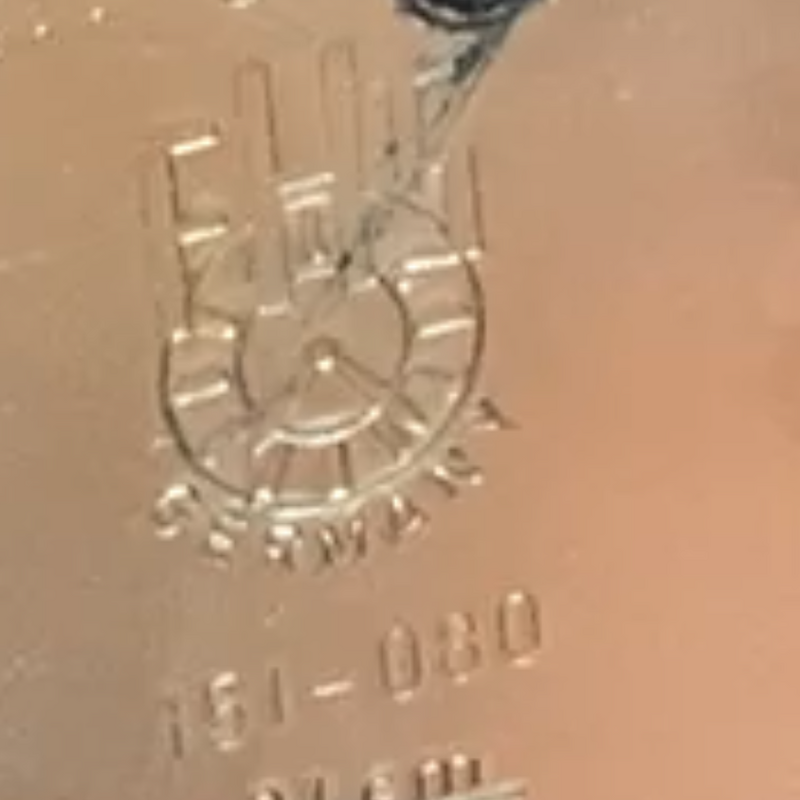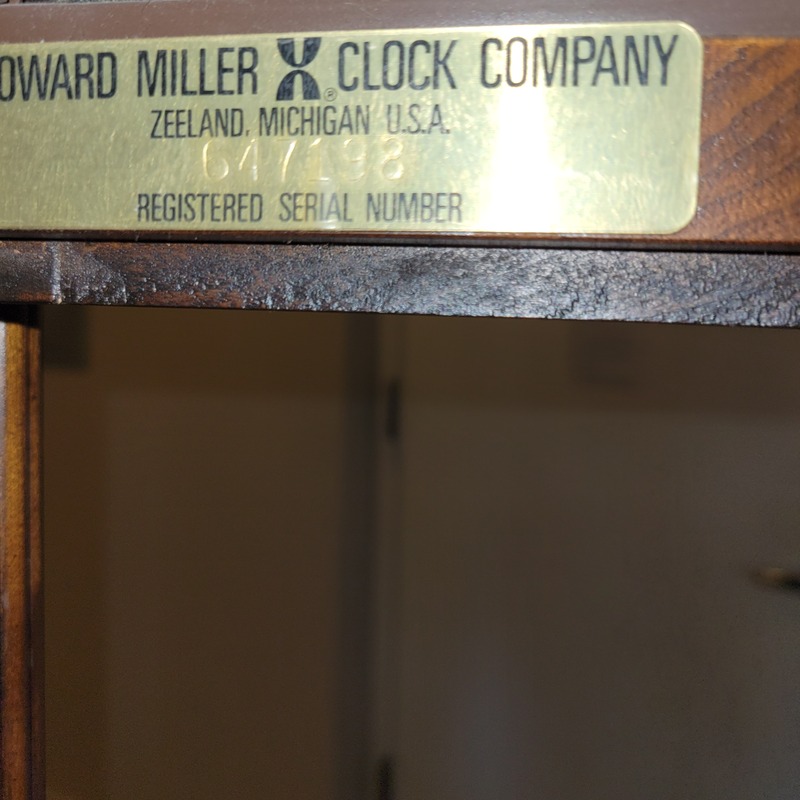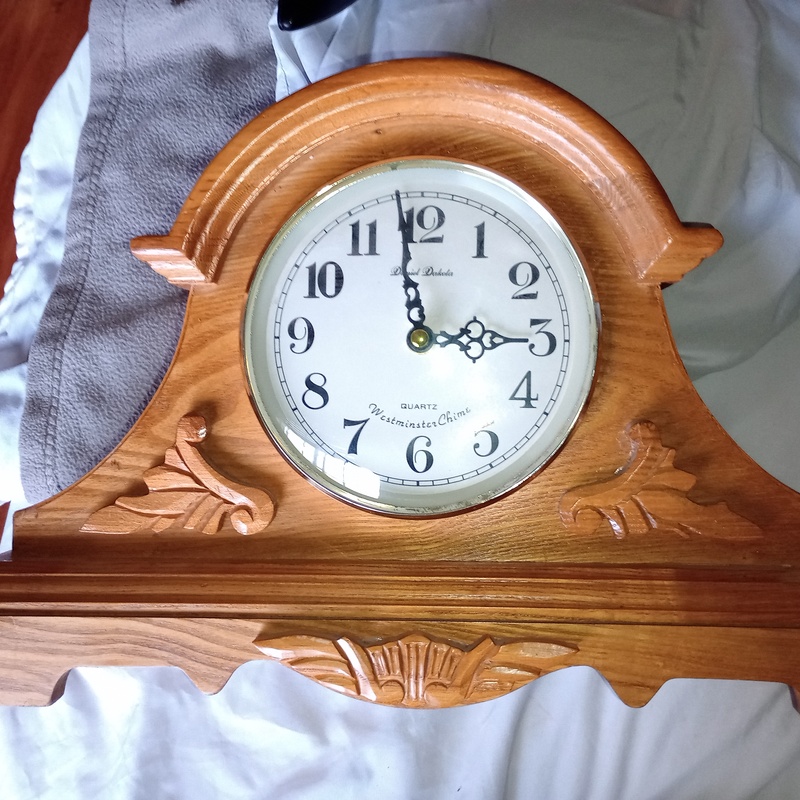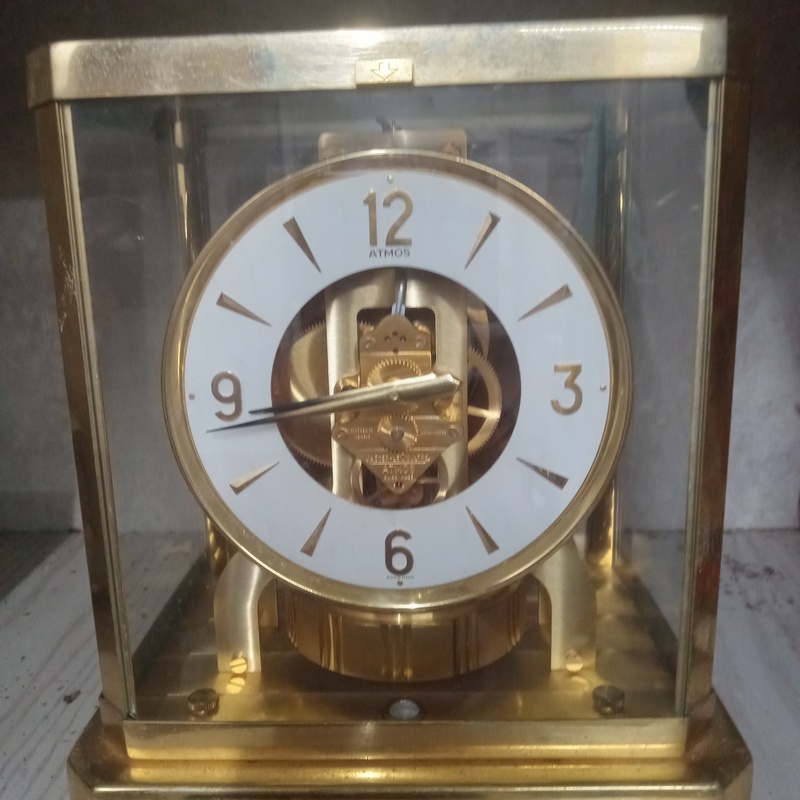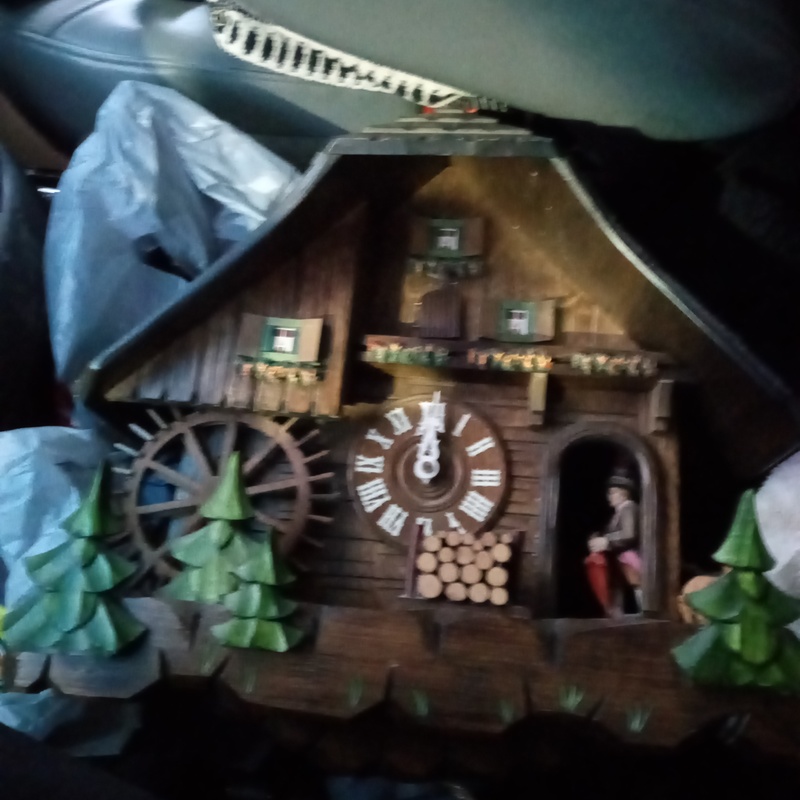




































Antique Heavy Clock
The clock appears to be metal or some type of solid hard surface. My guess is it weights at least 40lbs so very dense material. The clocks Dimensions are 16nch height by 8 inches wide with a depth of 5 inches.
Unknown
Auction House
Maybe


Hello Bobby,
Thank you for sending in your mantel clock to mearto.com for an appraisal. I shall try to help you with that today. Special thanks for sending so many high-resolution photos, including the movement, which as you realize is essential for pinpointing ‘the, who, where and when’ for this clock.
TITLE:
Ebonized enameled slate (Belgian limestone) with gilt highlights, two train, spring driven, eight-day time and striking, English Aesthetic movement mantel clock with neo-classical theme, dial/movement made by Samuel Marti & Cie, Paris, case made in England, clock made circa 1880s.
DESCRIPTION:
Case: An ‘Aesthetic Movement’ with bronzed brass mountings on a black limestone slate mantel clock measuring 16-inch x 8-inch x 5-inches. A rectangular shaped black enameled metal clock case with a flat pediment surmounted by two brass ball finials at the front, each resting on foliate gilt plinths at the side of the façade. There are enameled black undulating ‘returns’ that have, at the rear of the pediment, a seven-pillar balustrade where two brass ball finials sit at either rear corner. Just below the horizontal cornice of the pediment is a bronzed repousse frieze in the Neo-Classical style with soldiers, horsemen, mothers and children, servants and masters, water bearers and an elephant. Below that is the square ebonized façade centering the brass beaded, egg and dart-decorated beveled glass bezel. The dial is flanked on the case by vertically fluted pilasters, while at the base is another similar frieze but appears to consist of horsemen in the early style and flanked by incised plinths with gold foliate ornaments. The case rests on beaded metal ball feet. A brass fenestrated cloth covered door at the back provides access to the movement compartment.
Dial: Black round dial with gilt stylized Arabic hours in circular cartouche form, a Dore bronze rosette is seen in the dial center and gilt skeletonized French “skeletonized lozenge” hands. The dial has a Brocot aperture @ the 12 position and is unsigned.
Movement: A rectangular solid round brass plate movement with the corner pillars connecting the plates pinned at the rear plate. The movement is powered by two barrel springs of eight-day duration and strikes on a coiled wire gong on the hour and half hour. The medallion won for a bronze medal in an 1860 Paris competition is cat into the bottom of the rear plate. This medallion was used by Samuel Marti over the next several decades and into the 20th century. In the upper left hand corner is a mark B.K & C which represents the import/export company involved in moving the clock across country borders and on the base of the wire bell is LP, likely the iron foundry that made the gong and it base.
{Most of these English Aesthetic movement clocks contain French late 19th century movements, some marked with the medallion of the French maker, others not. I have seen round and rectangular movements inside these “Aesthetic” cases.}
CONDITION:
Case - Completely original and in very good condition. Many of these are made in marble or slate or Belgian limestone (all three about the same item) and not metal.
Dial is excellent. Movement – Excellent, original, genuine and perhaps functional.
HISTORY:
~The Aesthetic Movement in Britain (1860 – 1900) aimed to escape the ugliness and materialism of the Industrial Age, by focusing instead on producing art that was beautiful rather than having a deeper meaning – 'Art for Art's sake'. The artists and designers in this 'cult of beauty' crafted some of the most sophisticated and sensually beautiful artworks of the Western tradition and in the process remade the domestic world of the British middle-classes. This is a movement that influenced not only England but the Continent of Europe.
~Samuel Marti: Clock maker who exhibited his work in Paris as early as 1839 winning honorable mention, 1841 a gold medal, 1851 and 1852 winning gold, 1855 Second class medal, 1860 the bronze (yours), in 1889 a silver medal, 1900 z gold medal and in 1931 the Grand Prize. A consortium was formed in 1867 of three makers: Japy, Marti, and Roux. The three companied worked together to market their clock movements. In fact, it is noted by experts that from 1860 forward the movements with the S. Marti name were actually made by Japy Freres.
PRICING:
Since we now know that you have a movement and gong that are fully marked by the clock maker, the distributor and the gong maker I believe that you example would bring slightly more than th $700-$800 without such marking, in fact, the fair market value would range from $800-$900 and the retail value would be at least twice that amount.
Thank you for choosing Mearto.com for this appraisal. I hope it has provided you with a better understanding of this clock.
My best,
David

